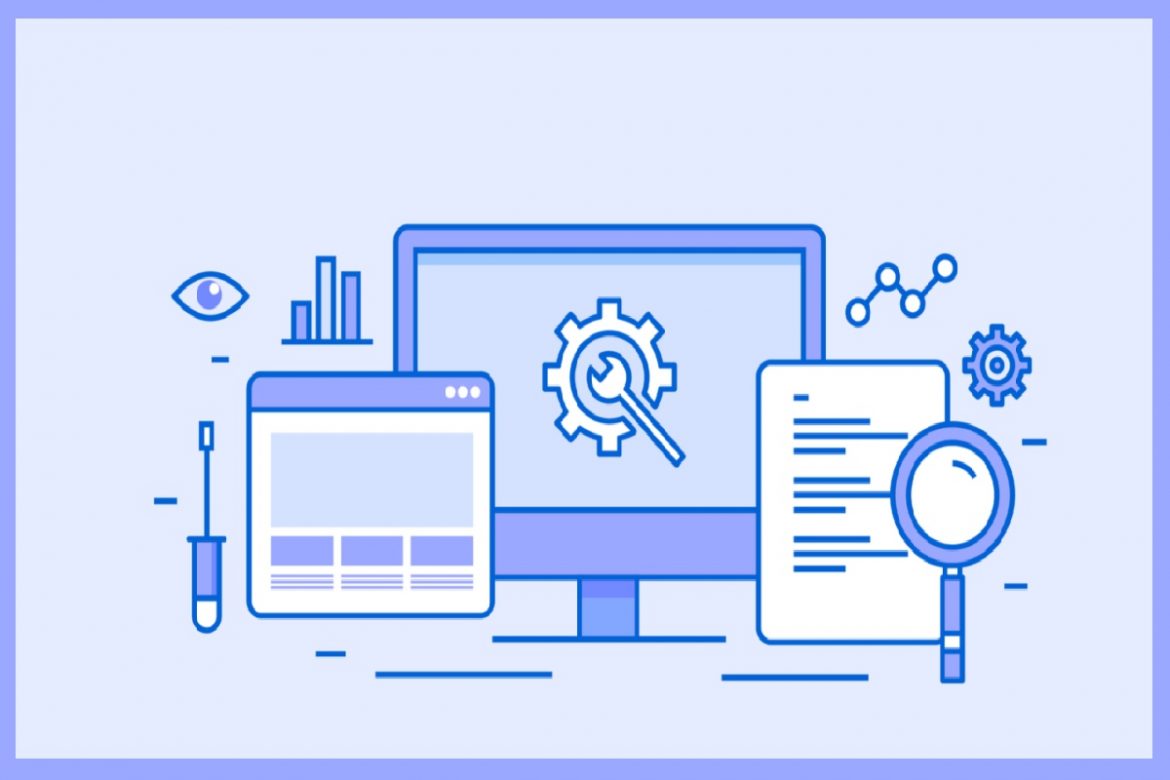Nice To Meet Ya: Meeting Others Online
Online Chat Rooms: A Review of the Best Places to Socialize Digitally – Chat rooms were once trendy back in the 1990s, with AOL/AIM and Instant Messenger sites. However, with social media taking off in the early to mid-2000s, traditional chat rooms became more obsolete, with sites like MySpace allowing for messaging between friends.
Today, several popular social media platforms such as Facebook and Instagram allow for group chats and even messages between two friends, but do traditional chat rooms still exist? Maybe not to the extent that they did 20-25 years ago, but they have certainly evolved to fit technology as we use it today.
Discord
Discord is a chat app that also allows its users to communicate using video and voice services, in addition to text. There are a variety of “chat rooms” on Discord called servers, ranging from topics in popular culture, such as Minecraft, to much more specific topics that are invite-only. Each server can contain different channels, and these channels can be text-only or voice channels as well. The minimum age requirement to use Discord is 13, and many high school teachers and college professors allow their students to use this app for communication outside of class.
Messenger
Facebook Messenger is the instant messaging service provided by Facebook, and it can be described as a modern-day IM (instant messaging) service. This application allows its users to send text, photos, videos, and voice recordings to individual users or an entire group, called a group chat. The good thing about Facebook Messenger is that you don’t have to have a Facebook account to use it, meaning that even if you close your Facebook account, you can still keep in touch with friends and family through Messenger. Facebook even offers Messenger Kids for children to enjoy instant messaging services with others, all approved by their parents or guardians.
Quora
Quora is kind of like a FAQ (frequently asked questions) section of a website, where millions of people ask questions to be answered by those on the internet. This platform allows its users to create a custom home page that emphasizes certain topics that they want to know more about. Because this is a question and answer site that doesn’t always give advice from professionals, you may think that it’s not the best place to learn useful information. However, Quora is actually a top-rated community, and users get to “vote” on which answers they think are the most helpful to another user’s question.
Reddit is hands-down one of the most well-known chat sites on the internet today. It’s made up of a vast network of different communities of people engaging in conversation, sharing their interests with like-minded people. Reddit is similar to discord in that it has different chat rooms/forums called communities, or subreddits, that are themed for different topics that appeal to different users. Users can post text, pictures, and other content into these communities and can either “upvote” (like) or “downvote” (dislike) a particular post within the subreddit. Users can also be given special awards for their posts, which costs “Reddit coins” (purchased by the users giving the awards).
Twitch
Twitch is also another popular chatting platform, but this platform is definitely used much more by the gamer community than any other community. It’s a live-streaming platform that allows users to watch their favorite gamers play video games in real time. Users can also host a live stream of themselves playing a game, and they and other users are able to chat with each other. The majority of Twitch users are teenagers, but several younger and older adult gamers love engaging on the platform as well.
Usenet
It’s safe to say that, unless you were really into computers during your college years in the 1980s and 1990s, you’ve probably never had the privilege of accessing this thriving, community oriented network before. That’s right— this platform created back in 1979 as a chat room for academic purposes is still in use today! It was also offered in the 1990s for free with your internet service provider, but now it’s available as its own separate service.
With that in mind, what exactly is Usenet?
Today Usenet is a network of discussion rooms (called newsgroups) on any topic you can imagine. In these newsgroups, you can find pictures, videos, audio clips, and more user-generated content that you may not be able to find anywhere else on the internet. You’re also able to post your original content into these newsgroups and securely download any content you want right to your computer. Most Usenet service providers don’t require you to have a VPN or recommend one because they offer SSL encryption on all downloads.
Chat rooms have come a long way since their popularization in the 1990s. There’s also so many to choose from, so no matter what your interests are, you’ll be able to find your community.











